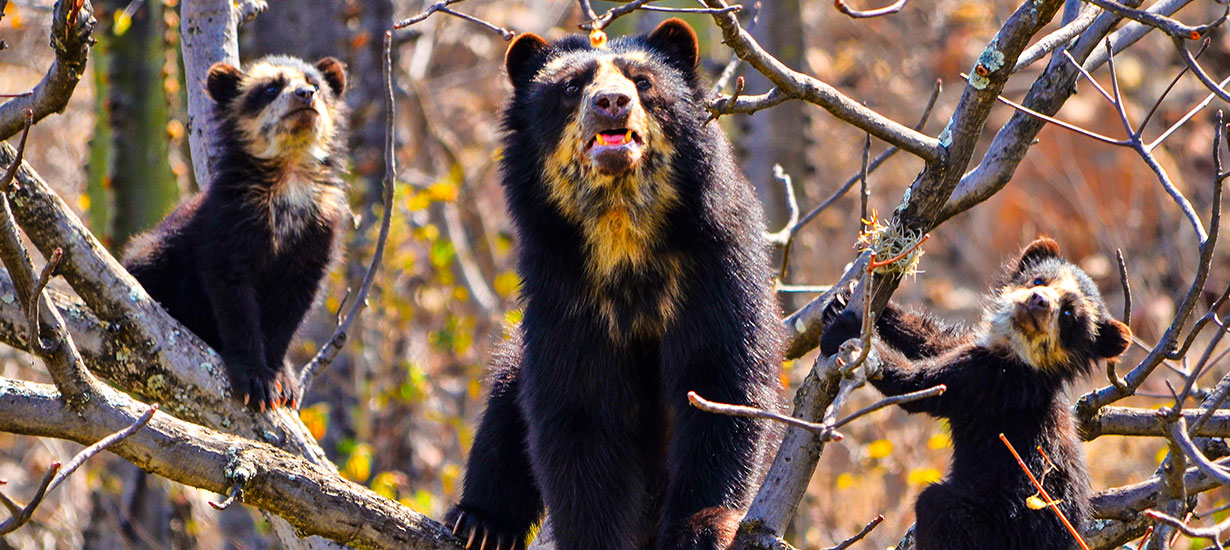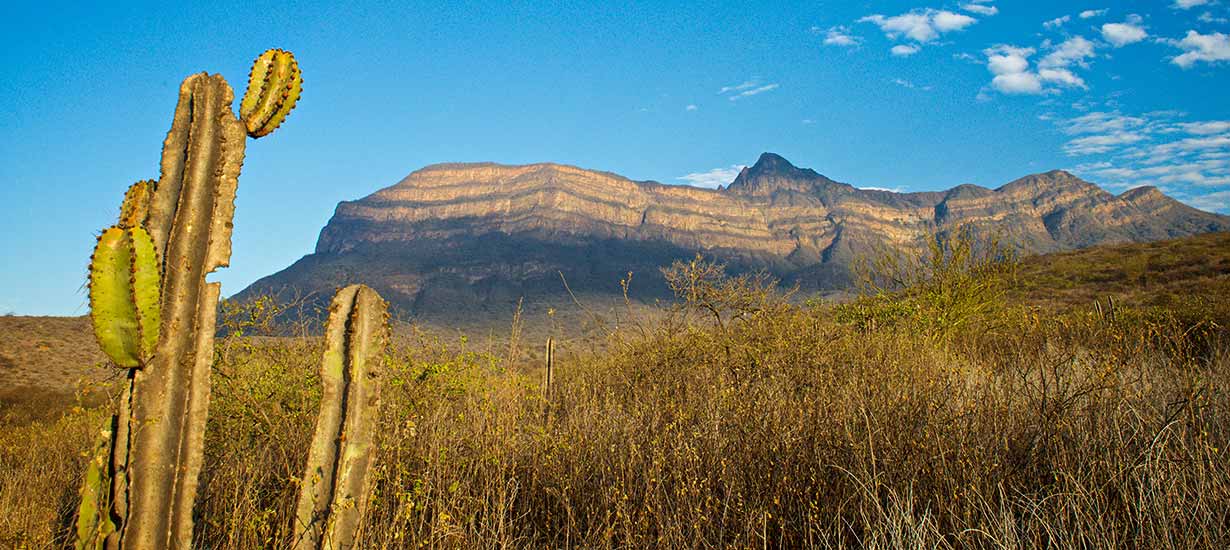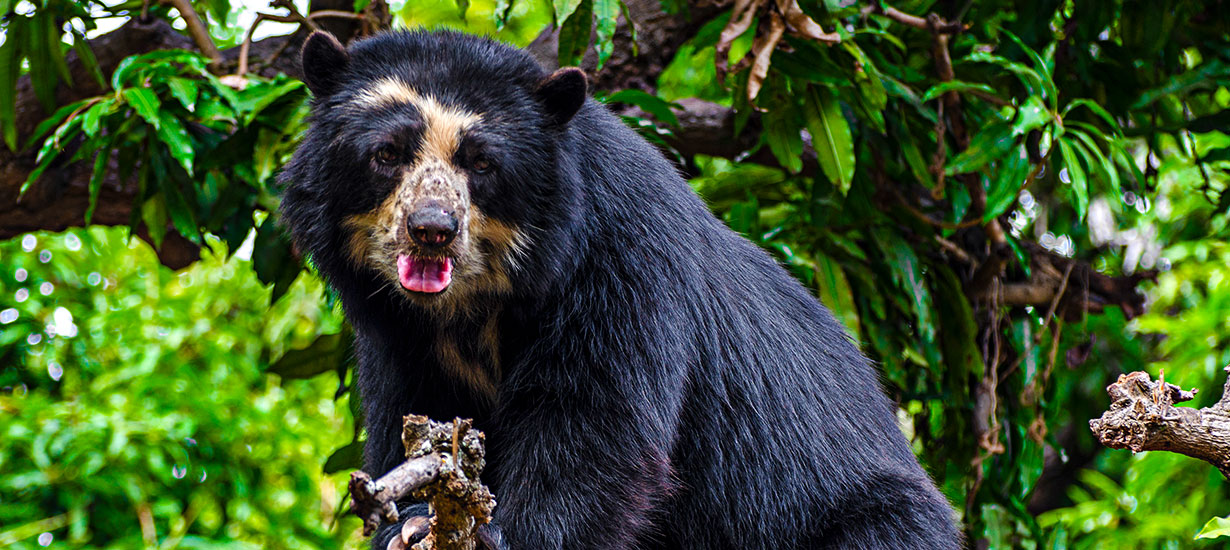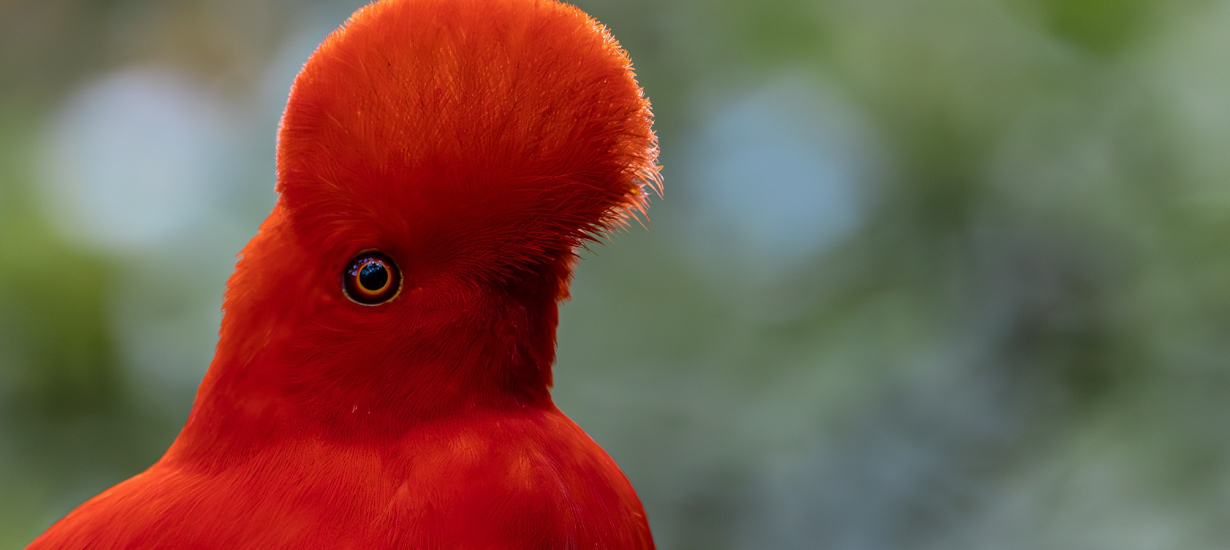Are you a fan of Paddington Bear? Meet his real-life inspiration: the Spectacled Bear
Síguenos en:Google News
The beloved Paddington Bear, now starring in his third film, has grown beyond a children’s character to become a global symbol of kindness, curiosity, and acceptance.
With three films to his name and ever-growing worldwide fame, Paddington Bear has become one of the most cherished children’s characters of our time. Even his creator, Michael Bond, could hardly have imagined that this kind and polite little bear would become a heartwarming bridge between two countries—and cultures—that are as distant as they are distinct.
But there is more to the story. Following the release of the third installment, Paddington in Peru, which delves into the bear’s origins, this article will shine a spotlight on the inspiration behind the character: the real-life Peruvian spectacled bear.
 Source: Heinz Plenge / PROMPERÚ
Source: Heinz Plenge / PROMPERÚ
The Peruvian Paddington
Nestled in the heart of the Lambayeque region is the Chaparri Ecological Reserve, a natural haven teeming with a rich diversity of flora and fauna, with the iconic spectacled bear standing out. This remarkable mammal is the only species of spectacled bear in South America and plays a vital role in the ecosystem of the dry and Andean forests. As a result, this corner of Lambayeque is regarded as one of the key natural reserves in northern Peru.
The spectacled bear gets its name from the distinctive white or yellowish markings around its eyes, though these patterns can vary widely in shape and size. This medium-sized animal can grow up to 2 meters tall and weigh around 130 kilograms. Primarily herbivorous, its diet includes fruits, leaves, bark, cactus, and occasionally insects, small mammals, and carrion.
 Source: MINCETUR
Source: MINCETUR
Chaparri: A sanctuary for the spectacled bear
The Chaparri Ecological Reserve, established in 2001, is the first Private Conservation Area (PCA) recognized in Peru. Spanning over 34,000 hectares, it safeguards more than 280 bird species, 15 mammals, 23 reptiles, and 5 amphibians.
This refuge offers ideal conditions for the spectacled bear, providing abundant food and safe spaces for reproduction. Chaparri is also home to other endangered species, such as the white-winged guan, which reinforces its importance as a conservation hotspot.
Conservation in Chaparri
At Chaparri, visitors can explore nature trails, guided by local experts who provide valuable insights into the area’s biodiversity and conservation efforts. Witnessing the spectacled bear in its natural habitat is an unforgettable experience that also helps generate income for the community, reinforcing its commitment to conservation.
To reach the Chaparri Reserve from Lima, you can take a flight or bus to Chiclayo (around 1 hour by plane or 12 hours by bus). From Chiclayo, continue by car to Chongoyape, a 2-hour drive or taxi ride, which provides access to the reserve.
Once you arrive, you can enjoy guided walks along natural trails to observe iconic wildlife such as the spectacled bear, the white-winged guan, and various bird species. You can also visit the "Bibliotella," a unique library made from plastic bottles and recycled materials, or take a tour of the "El Torito" agro-ecotourism farm for a full day experience. If you are looking to shop for handicrafts and souvenirs for your friends or family, be sure to stop by the association’s store.
The spectacled bear is not just a symbol of Peru’s natural richness, but also a reminder of the crucial need to protect our ecosystems. In this sense, Chaparri serves as a vital sanctuary for this species and a powerful example of how community collaboration can create meaningful change.
Visiting this sanctuary offers a unique opportunity to get up close to one of the continent’s most fascinating creatures, while also contributing to the collective effort to preserve our natural heritage for future generations.
You might also be interested






